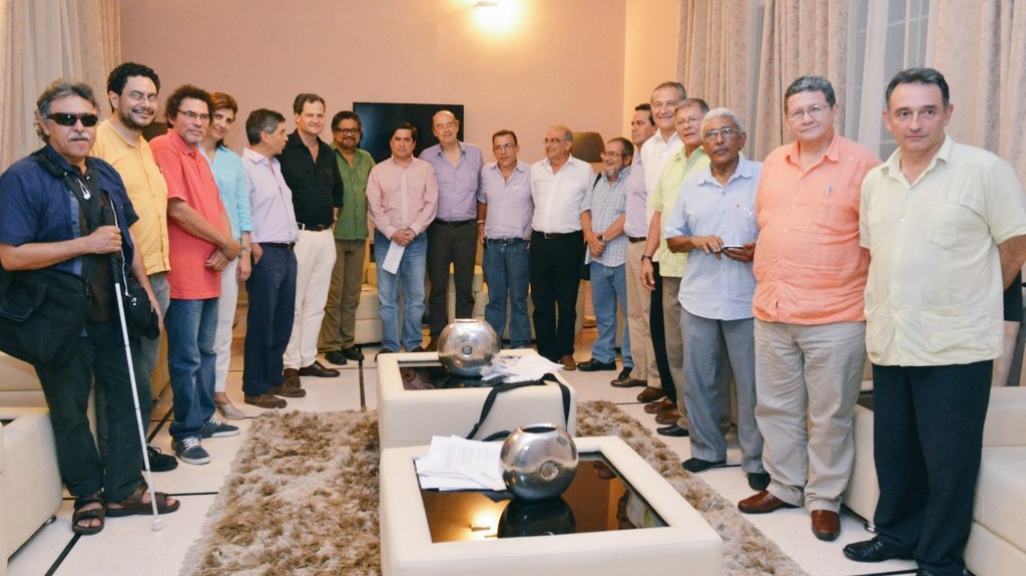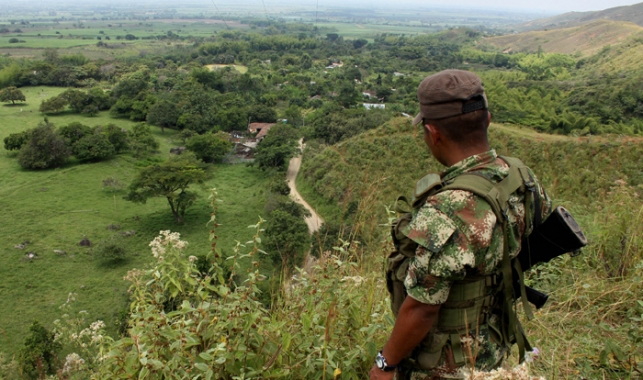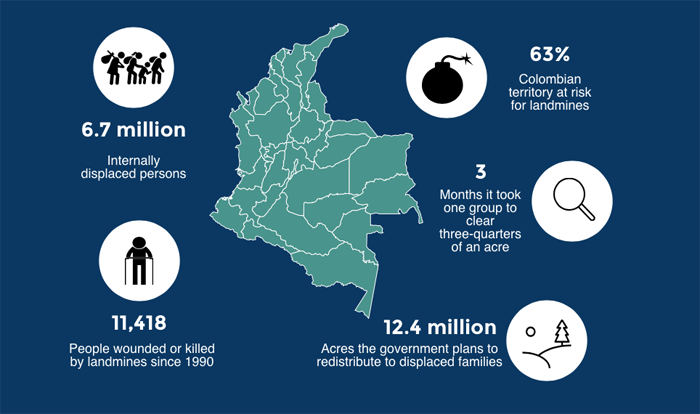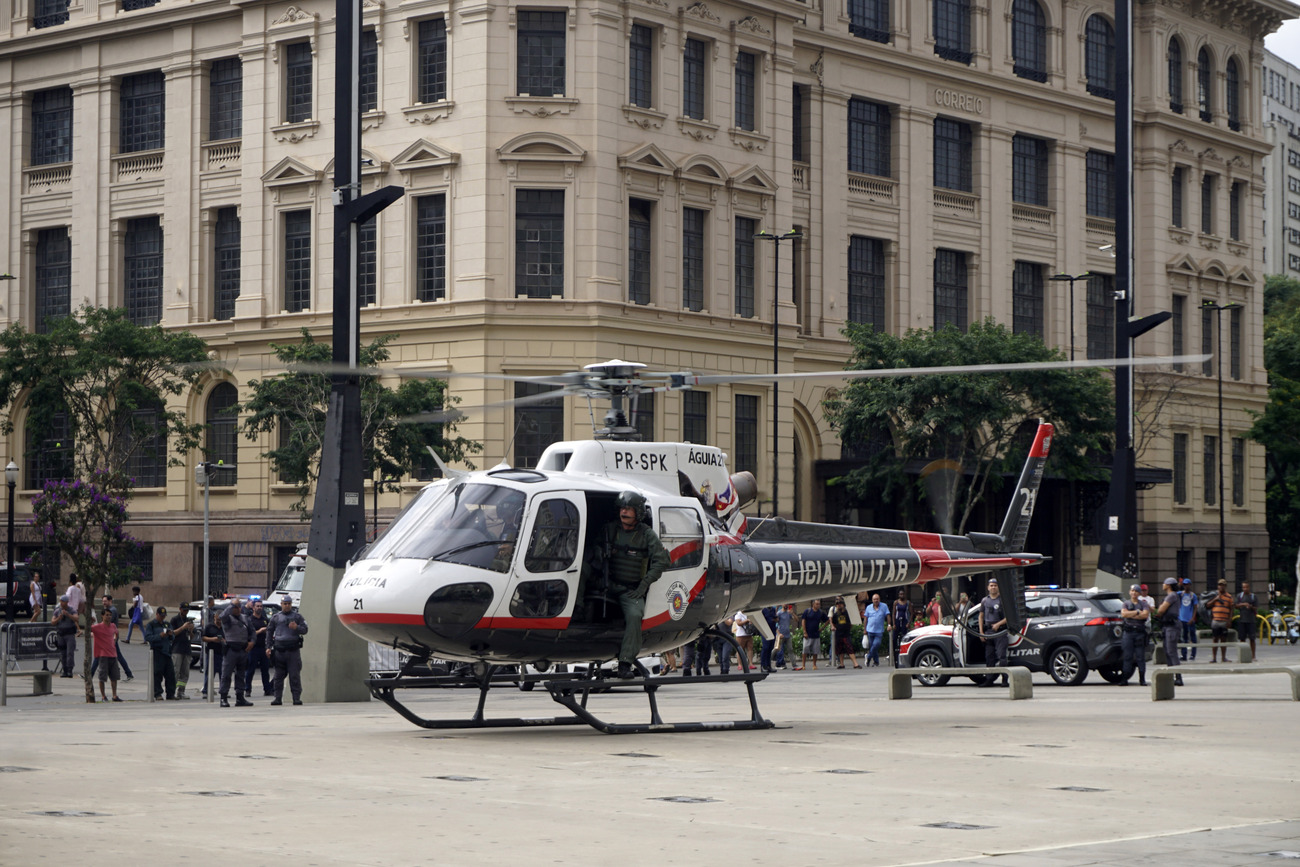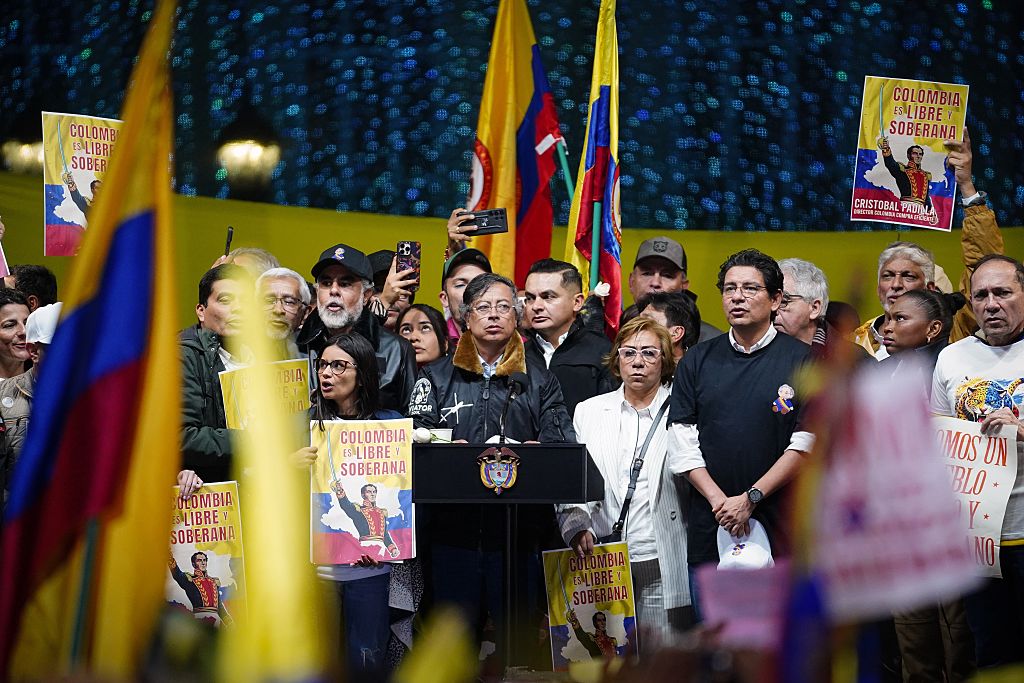Update: Colombia and the FARC Wrap Up Peace Talks
Update: Colombia and the FARC Wrap Up Peace Talks
The negotiations pave the way to ending a 52-year-old internal armed conflict, which claimed almost a quarter of a million lives.
Updated September 3 — The Revolutionary Armed Forces of Colombia and the Colombian government wrapped up negotiations on a peace deal on Wednesday, August 24, in Havana, Cuba, after working out agreements on the last unresolved points of a historic peace accord. The two sides will sign on the final peace deal as a whole in a ceremony in Colombia on September 26, and in doing so will put an end to a 52-year-old internal armed conflict that claimed almost a quarter of a million lives.
News of the deal with guerrilla group, known as the FARC, came as a welcome, even euphoric, surprise to Colombians and the watching world. The month of August had been dominated by pessimism as a slew of polls showed vacillating public support for the deal and no discernible end to the almost four-year-old talks.
Then, on the evening of Monday, August 22, one of Colombia’s largest TV networks reported that the parties would sign agreements on the last pending points two days later. The next morning, FARC leader Rodrigo Londoño Echeverri—who goes by the alias “Timochenko”—tweeted that news about a final deal was imminent. Later in the day, other outlets were also reporting that the two sides would sign agreements on the last points on Wednesday evening in Havana, Cuba, where talks have been taking place. By Wednesday morning, hashtags like #AcuerdoFinal (#FinalAgreement), #AdiósALaGuerra (#GoodbyeToTheWar), and #PazenColombia (#PeaceinColombia) were all top Twitter trends in the country.
The agreement is a sign of dogged negotiations that have seen steps back and forth, taking public opinion with them. In September 2015, the two sides announced a deadline of March 23 to sign the final deal, and at his UN General Assembly speech a few days later, President Juan Manuel Santos promised he’d return the next year as the president of a country at peace. Although the March deadline came and went without an agreement, the talks in Havana continued. In June, negotiators signed a milestone bilateral ceasefire after FARC leaders made long-resisted concessions on disarmament and legal ratification of the deal. Then, in August, the sides agreed upon the individuals, including the Pope and the UN secretary general, who’ll appoint magistrates to the special extrajudicial tribunals that will try the cases of ex-guerrillas. The final round of talks hammered out issues on FARC’s political representation in Congress and amnesty for their members currently in jail.
With the Havana negotiations wrapped up, both sides head back now to their respective camps to seek approval for the deal. The FARC will hold a conference for its ranks to accept the terms, while the government will present the text of the agreement to Congress in order to get the ball rolling on a plebiscite vote, slated for October 2, through which the Colombian people will have a chance to approve or reject the terms of the deal. "It will be the most important decision of our lives," said Santos of the plebiscite after announcing the conclusion of talks. "It's in your hands to make our nation the country we've always dreamed of."
Agreements on political participation and political amnesty
The peace talks are inherently a political process in that the stated goal of them is to convert what has been a rebel political movement with Marxist origins into a legally sanctioned one; in short, that the FARC would take their fight from the jungles into the halls of Congress. “That’s the whole purpose of this peace process: for [the FARC] to lay down their arms and continue their ideological struggle through legal means,” Santos said at a September 2015 AS/COA event.
In this final negotiation round, which began on August 17, one of the last major points to iron out was political participation for former FARC members. Under the terms of the final deal, ex-FARC members will receive three non-voting seats in both the Senate and the House, and then in 2018 and 2022 five each. The guaranteed seats were a contentious demand, given that there is staunch public resistance to the idea and the ex-fighters would have a hard time winning seats through popular election.
Another nettlesome point was political amnesty and how past crimes of guerrilla fighters will be handled. Under the terms of the Havana deal, fighters who participate in the peace process—which includes coming clean about all political involvements, turning in arms, and committing to the reintegration process—will avoid jail time. The FARC asked that these terms also be retroactively applied to the 3,000 of their members they say are currently in jail for political crimes, meaning they should be freed and allowed to participate in the process alongside the other demobilizing fighters. The government says this figure is high and has set about doing its own verification of the political involvements of those incarcerated.
In the not-too-distant memory of some is the 2003 peace process of another armed group, the United Self-Defense Forces of Colombia, when more than 30,000 paramilitaries demobilized. Some later claimed that drug traffickers had passed as demobilizing rebels in order to get in on demobilization benefits and avoid being tried for criminal activity under the regular justice system. Meting out several points of this part of the agreement would involve Congress, where there is resistance to the peace process from blocs led by Senator and ex-President Álvaro Uribe.
Up next: The plebiscite vote
With the work in Havana done, the focus now turns back home: to the October 2 plebiscite vote where Colombians will vote on whether or not to approve the agreement. Fierce campaigning is already in full swing, although the “No” campaign, led by Uribe, had a head start while the “Yes” campaign had to wait on a court decision to be able to start making its case for the deal to voters.
Additional resources
- Official texts of the agreements on the talks’ website, Mesa de Conversaciones
- La Silla Vacia’s special coverage on the plebiscite and issues on which voters will be casting ballots
- Peace talk expert Ginny Bouvier’s blog Colombia Calls
- FARC expert Adam Isacson’s eponymous blog
- Semana’s peace process coverage
- El Tiempo’s peace process coverage







